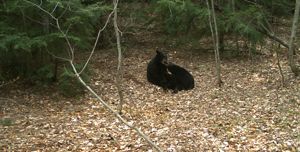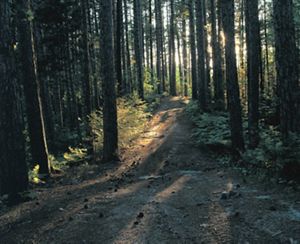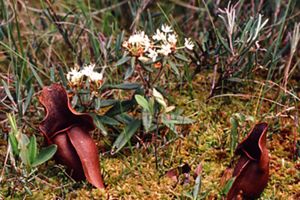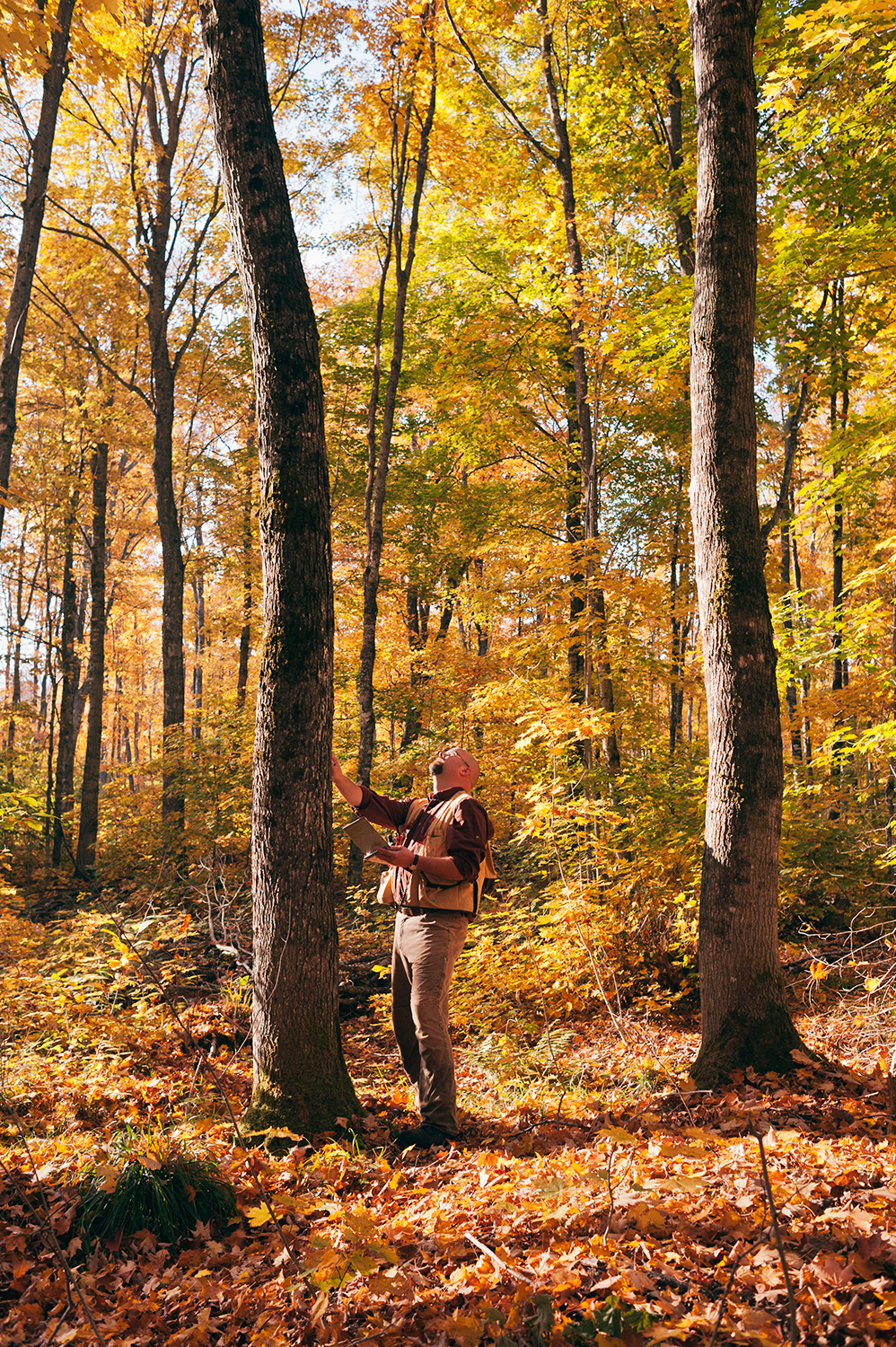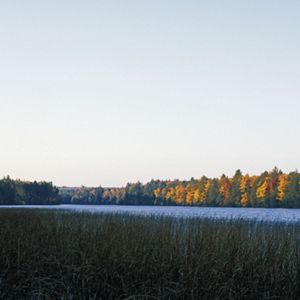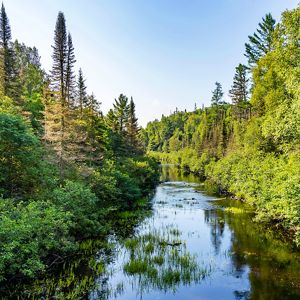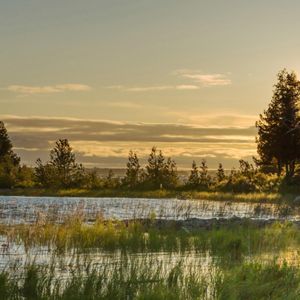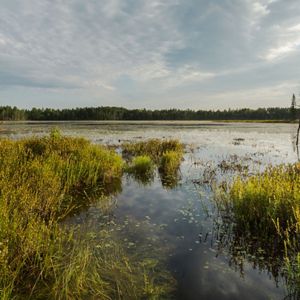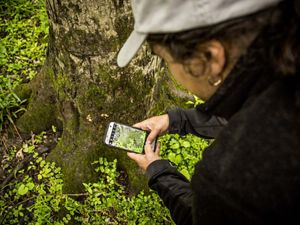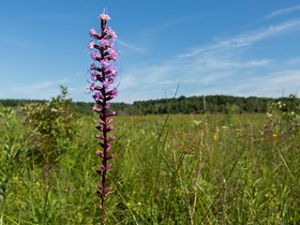Description
The Two-Hearted River watershed is unique due to its diverse and high-quality terrestrial and aquatic systems. With the two hearts, or branches of rivers, the Two-Hearted River consists of sandy shorelines that make for great nature hikes and wildlife observation. A spot made famous by Ernest Hemingway, his story “Big Two-Hearted River” captures the essence of the area, telling the story of a man camping and fishing while reflecting on his life along the Michigan shores.
TNC actively manages this property to improve its ecological health, including some carefully planned timber harvesting. Timber harvesting is not conducted on preserve lands. We will have 1-2 harvests on the reserve for the next 5-10 years.

